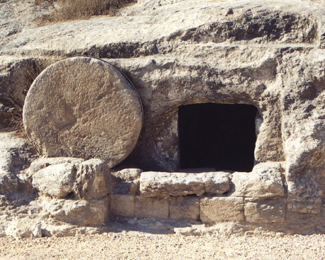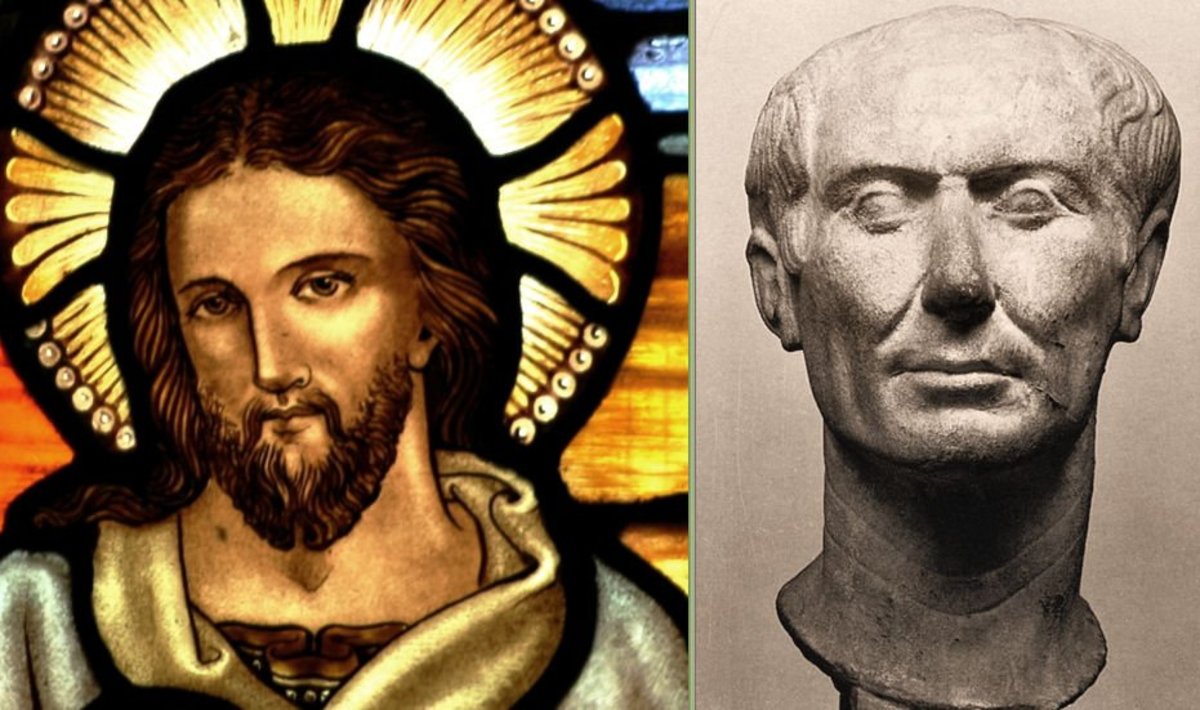Evidence for Jesus' Resurrection

Compelling arguments that Jesus is risen indeed!
Some time ago, a local radio talk show in my city featured the subject of the resurrection of Jesus Christ. Mentioned on this program were certain theologians who claim that the evidence of history denies that the resurrection took place. Who these theologians may be was never made specific, so it is difficult to deal with their evidence, or whatever line of argument they are using to justify this claim. However it is quite true that people over the years, including some with theological degrees, have asserted that Jesus of Nazareth stayed dead and that his remains still lie undiscovered somewhere near Jerusalem.
Some may think this assertion is merely an intriguing historical debate among scholars. Don’t be fooled: on the answer to this question of the resurrection hangs the entire Christian faith. If it is true that Jesus Christ never rose from the dead, then the central tenets of Christianity are proven to be nothing more than wishful thinking. The teachings of Jesus are outdated and idealistic, and the hopes of millions of believers for personal resurrection when Jesus returns are misplaced.
Other religions can survive the deaths of their founders. Buddhism admits that the Buddha is dead and gone because it is built around his teachings, not the man himself. Muslims are not disturbed that Muhammad died. Again, it is the words of the prophet that are important, not the man himself.
But when it comes to Christianity, everything stands or falls upon the claim that Jesus of Nazareth is the Son of God. His physical resurrection from the dead has always been the prime verification of that central doctrine. Therefore: no resurrection, no Christianity. It’s that simple. Yet if the resurrection is a true fact of history, then the reverse is also true. All Jesus’ claims would be shown to be true and the world must deal with him, not as a teacher, but as God become man. The Church’s proclamation that Jesus is Lord, and that people must humbly submit it his lordship in their lives, is the logical conclusion if his resurrection is factual. Perhaps that explains why for twenty centuries some have attempted to explain away the very strong evidence for the resurrection.
Consider the powerful facts which the early church presented to substantiate their announcement that Jesus is alive: First the evidence of the women. A group of women who had been followers of Jesus observed his hasty burial on Friday afternoon. Early on Sunday morning they went to the tomb to finish preparing the body for final burial. They had no inkling that their Teacher would rise as they walked to the tomb. When they arrived they found the stone which had sealed the tomb, and which weighed several tons, cast aside from the entrance. The Roman guard was in shock. The tomb itself was empty. They were completely bewildered by this and could only think that perhaps someone had removed Jesus’ body without telling them. The women then encountered angels who told them Jesus was risen. They were told to inform the disciples of this fact. On their way to do so, these women were the first to actually see and touch the risen Christ.
The evidence of the disciples confirms that of the women. They did not have a clue to the resurrection either. So when this news was relayed to them, they dismissed it in the very same way many critics of the resurrection dismiss it today: as hysteria. Peter and John decided to see what the situation was at the tomb and so ran the short distance to investigate. Like the women, they saw the stone removed, the Roman guard dispersed and tomb empty. Peter actually went inside the cave and found the linen bands, which the body had been wrapped in—still in place and glued with the spices—but empty of the body. This still did not convince these men that Jesus was alive. It was not until later that Jesus also appeared to them and demonstrated the reality of his physical life by eating food and allowing them to touch him.
How about the evidence of the soldiers who had guarded the tomb against the eventuality that Jesus’ followers might fake a resurrection by stealing the body? They left the tomb unguarded after less than thirty-six hours and reported to the Sanhedrin (the Jewish leadership council) that there had been an earthquake and that the tomb was open and empty. Whether they mentioned the angel they had seen is not clear. They were bribed by the council and told to spread the story that the disciples had succeeded in stealing the body.
Yet, this story is hardly believable. It simply boggles the mind that the disciples, who were terrified for their own lives, could overcome a detachment of experienced Roman soldiers, enter the sealed tomb and remove the body, carefully re-wrapping the grave cloths and leaving them in place. Then they there were able to successfully conceal the body elsewhere without anyone getting injured or killed in the process, and all so that they could fake a resurrection they didn’t believe in! No commando unit in the world could achieve that! Yet the story of the body’s theft was evidently the best explanation that could be invented on the spur of the moment. The enemies of Jesus could not deny that the tomb the soldiers were guarding was the right tomb and that it was now empty.
Consider this as well: the early Church preached the resurrection of Jesus in the weeks and years following these events in the very place where they occurred. There were many people still alive who testified to having actually seen and touched the risen Jesus. The empty tomb was a matter of public knowledge. It could be verified by anyone who wished to do so. If the body had been removed and hidden, surely someone would have observed it. The soldiers or other eyewitnesses could have tipped off the opponents of the gospel to the hiding place and the body could have been produced as evidence against the rumor of the resurrection. No body was ever found, which is hard to imagine given the very public and sensational nature of these events. Unless of course, the resurrection really happened.
Finally, for those who still have doubts, consider the evidence of subsequent history. What do you do with the millions of people whose lives have been changed by the power of Christ? Is it all wishful thinking? How about the almost inconceivable survival and spread of the early church under extreme persecution? What about the willing martyrdom of the very men and women who supposedly faked a resurrection they knew never happened?
It would seem, then, that the evidence for the resurrection of Jesus is extremely compelling. Tens of thousands living near Jerusalem when all of this occurred rendered their verdict by believing in Jesus and paying the high price of that belief. In view of such strong evidence, the sarcasm and ridicule of certain skeptics today is a small price for us to pay to side with the truth.







